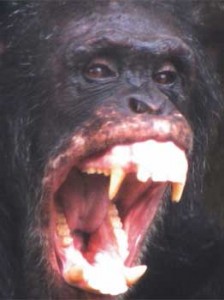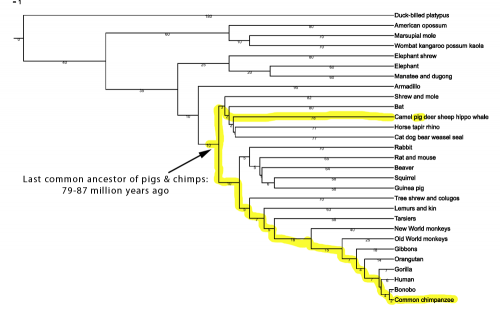For you Facebookers, we now have a FtBCon page and an event page — go like them!
Many of you have been asking about the final schedule. A whole bunch of us were off at Skepchickcon this past weekend and we’re still in the throes of recovery, but this is the week we need to finalize everything, so I’m hoping we can have that complete schedule done by this weekend.









